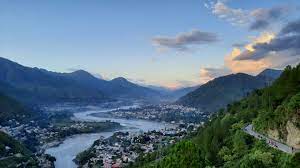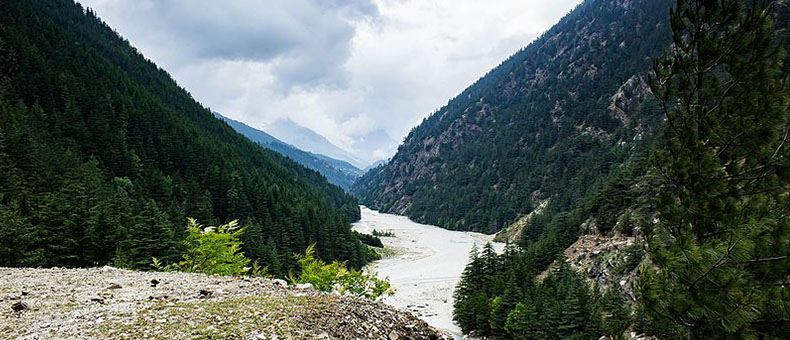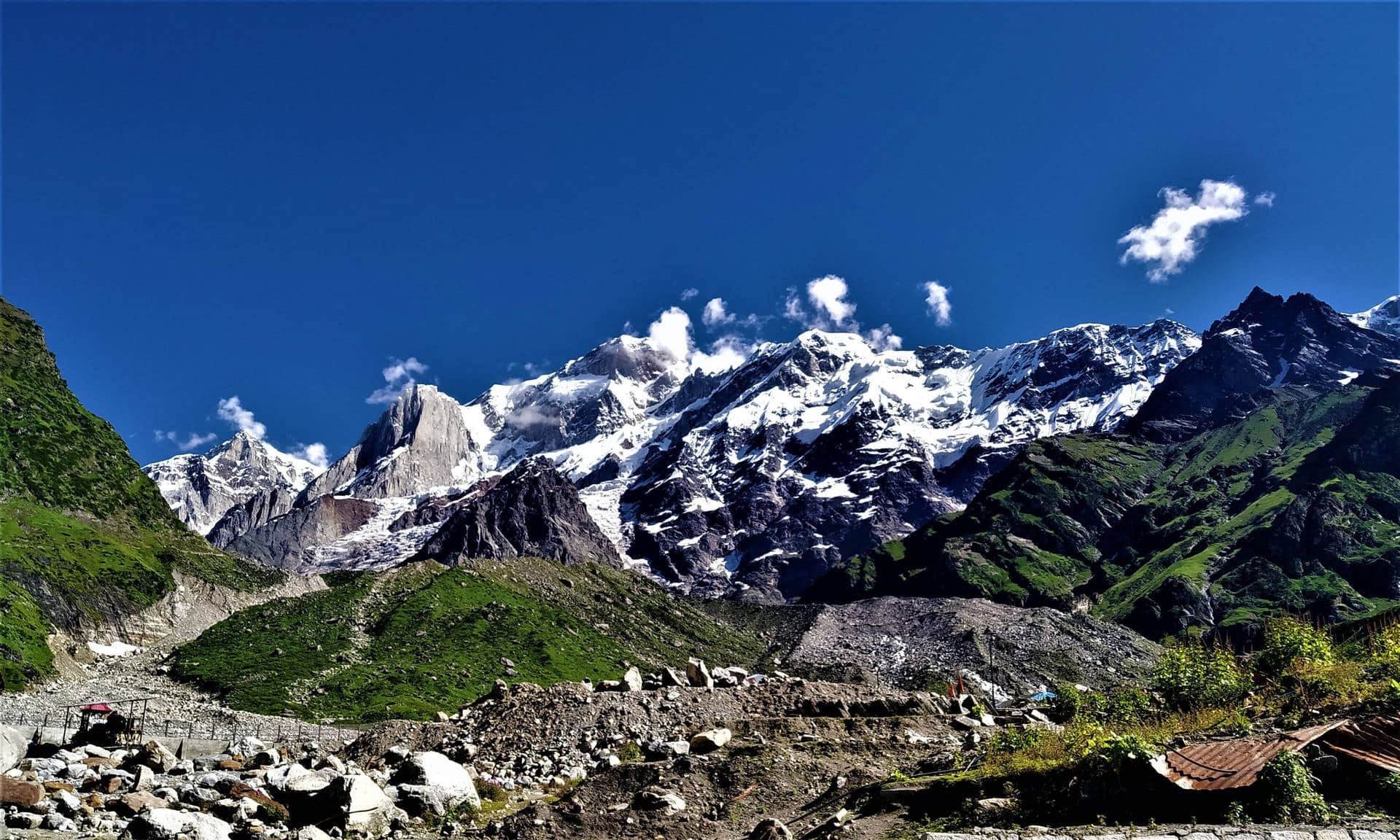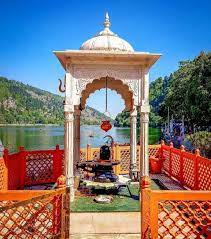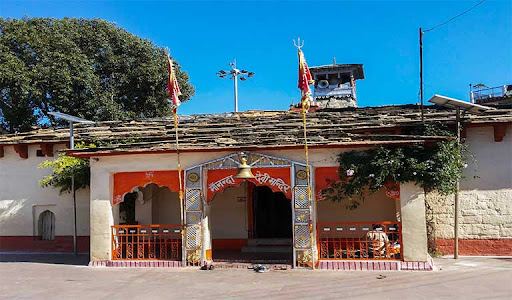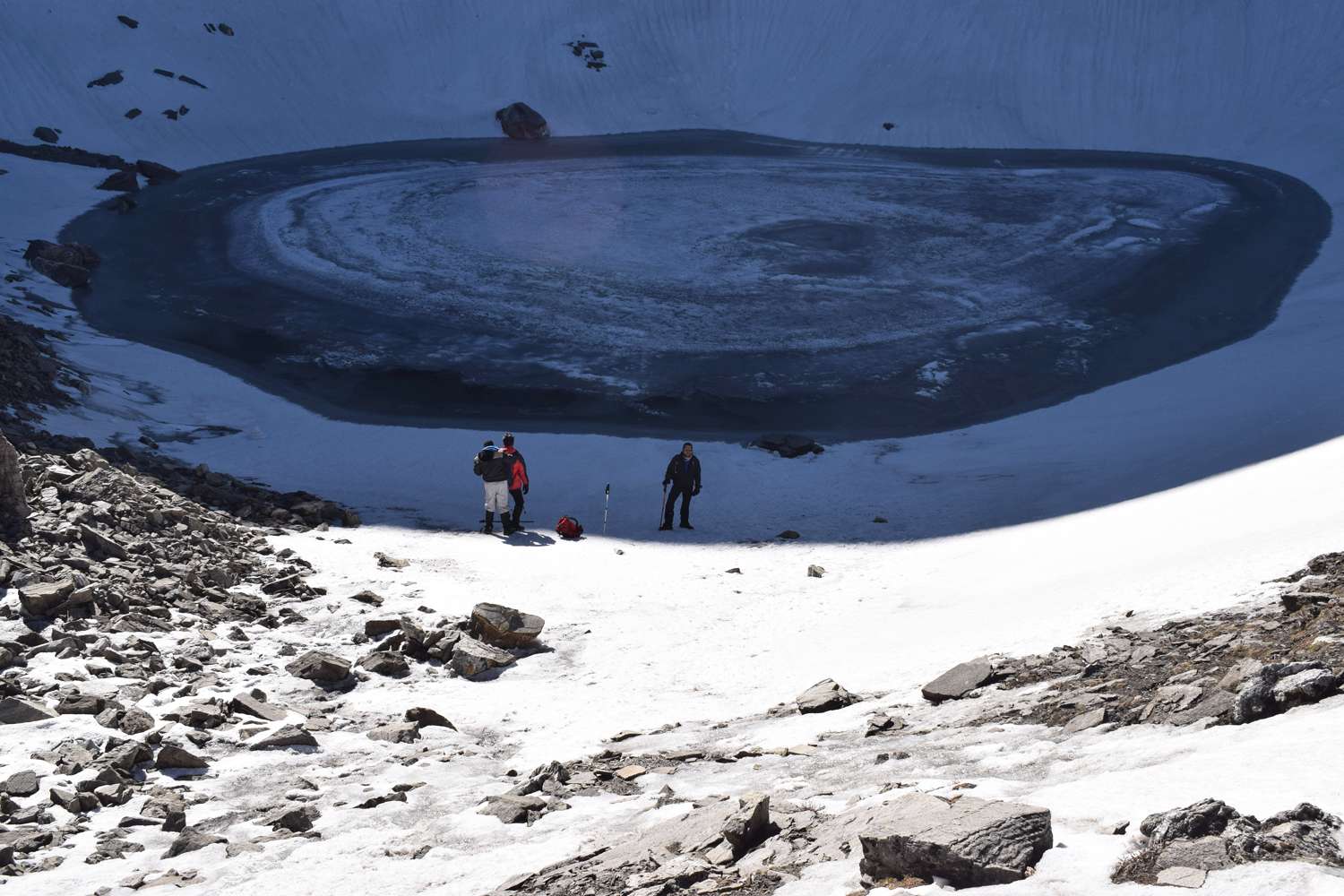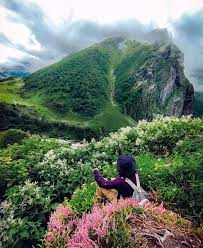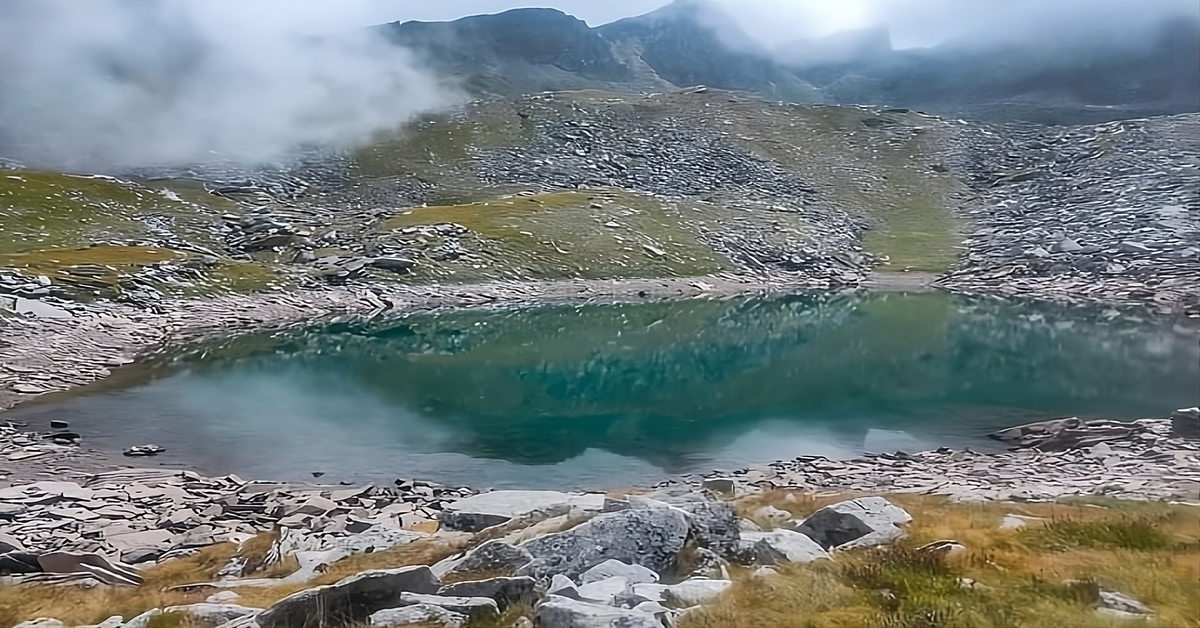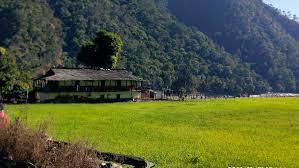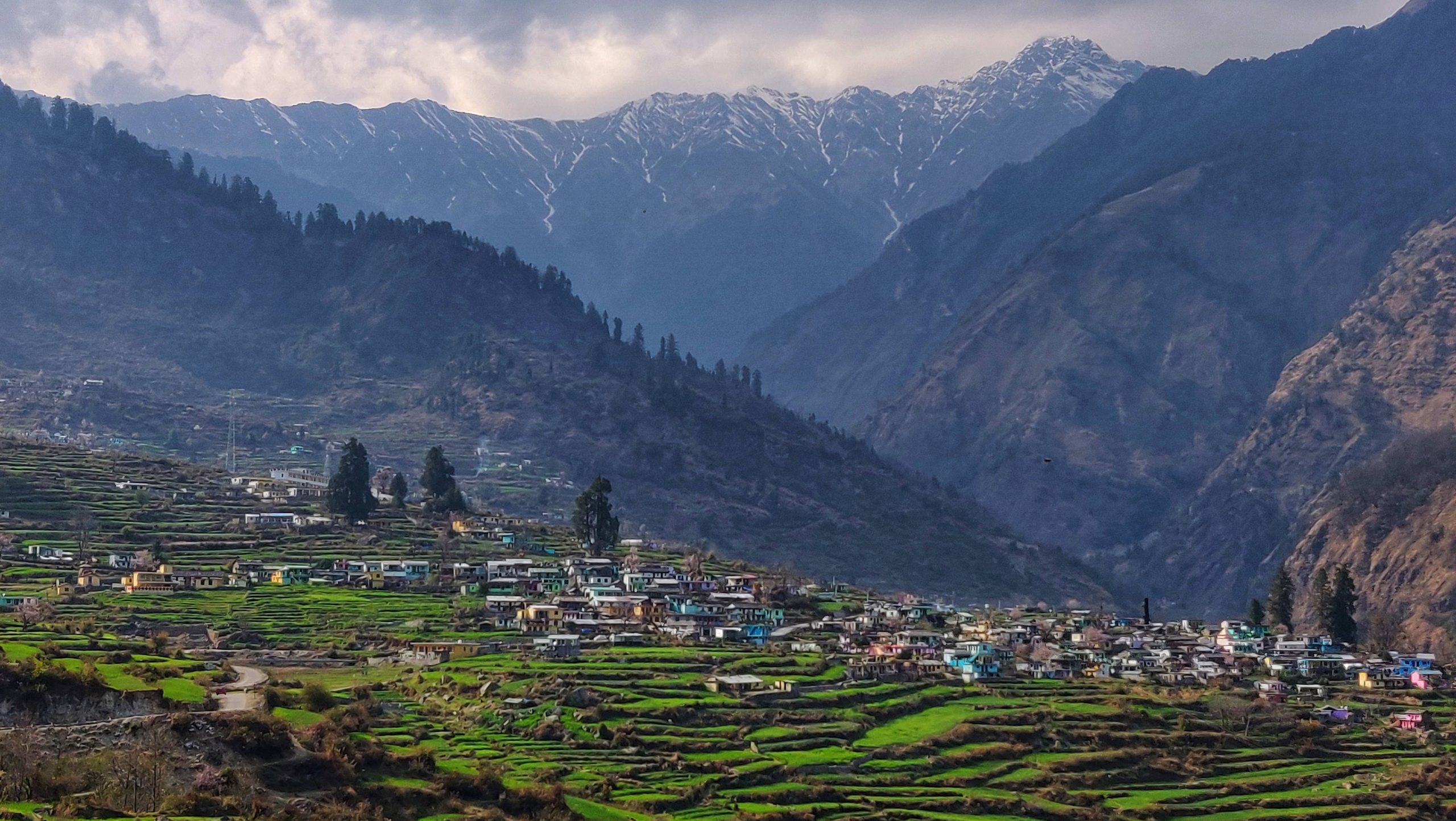Srinagar (सिन्धनगर, though locals just call it Srinagar) doesn’t announce itself. You might notice a quieter hum in the traffic, or the sharp scent of the Alaknanda cutting through the town’s pulse. It sits on the river’s left bank, at about 560 meters above sea level, flat enough to bake hot in summers, but still heavy with Himalayan breath.
This is not the Kashmir Srinagar. This one has temple bells, university buses, markets spilling spices and books, and a rhythm shaped by river and edifice, by flood and faith.
How It Enters Your Senses
You drive in from Rishikesh or maybe Kotdwara, down highways that curve along hillsides. The Alaknanda appears first as a whisper beside the road. Then it looms wider, glinting under sunlight. The town spreads beside it, not rising into hills but planting itself on the flat margin like a seed waiting to root.
In the bazaar, hawkers call. Chai stalls steam. Woolens wait in heaps, and colleges stretch into views. The river never lets you forget where you are. It soundslike it mixes with the roar of buses and students shouting good mornings.
Layers of History and Flood
This town used to be the capital of Garhwal. King Ajay Pal made it so in the 14th century, shifting power from Chandpur to here. Later, the shift was finalized under Maya Pat Shah.
But nature has erased much of that past. The old town was lost to a lake burst in 1894. Whole neighborhoods washed away. The British rebuilt it in a grid around 1897, planting landmarks anew.
That combination lingers, the dust of floods and the lines of town planning in white streets that end in hills. If you let your gaze follow an avenue, it turns green and rocky until it vanishes.
River and Ruins and Rituals
The town's heartbeat is the Alaknanda. Walk to the ghats before sunrise. Steam rises from cold water. Men wash clothes, women set floating diyas, and children trudge to school after missing the first bell of dawn. Later, at the edge, fishermen pull nets, and nearby fruit stalls offer glowing apples.
Temples slide into life, too. Kilkileshwar and Kamleshwar Temples, echoes of Adi Shankaracharya’s journeys, wait quietly under deodars.
Take Dhari Devi Temple further up the highway, about nineteen kilometers past town. The idol is said to guard the Char Dham and the Garhwal hills. Worshippers believe that whenever her shrine is disturbed, calamity follows. Many recall the floods of 2013 as proof of her warning presence.
The Town of Study and Memory
Walk into the entrance gate of Hemwati Nandan Bahuguna Garhwal University. The river rushes behind lecture halls. Students swing backpacks over their shoulders, walk late for class, and debate over samosas at the canteen. Across town sits the new Veer Chandra Singh Garhwali Medical College, its walls still smell of paint and purpose.
This town hums with study and tradition, sometimes in the same breath.
Seasons That Stick Memory
In summer, Srinagar bakes. Hot air makes even the river's breeze feel reluctant. Monsoon comes with silt and roar. Winter whispers of pine and wool. The best time to be here is from autumn to March, when the air is cool, the views are clear, and festivals bring the streets alive again.
The Baikunth Chaturdashi Mela in October fills the town with lights. Music rides the ridges. Cultural shows spill into squares and folk songs echo late into the night.
If You Plan to Pause Here
Best seasons: September to March, when the air is soft and mornings bite with cold.
Srinagar is easy to reach by road from Rishikesh, Haridwar, or Kotdwara. The nearest airport is Jolly Grant at Dehradun.
Stay in simple guesthouses or lodges. Expect dal, rice, local greens, and hot tea.
Temples, especially Kamleshwar or Dhari Devi, deserve time. Not prayer as a tickbox, but prayer as walking slowly uphill, touching stone and dust.
Walk beyond the roads. Climb ridges past orchards. Silence deepens there.
What Finds You Before You Leave
Maybe it is the way temples and universities share the same lanes. Or how the town breathes in past floods and current students. Maybe it is a chai you drink late with someone who speaks Garhwali and tells you the town name means “City of Wealth” (Srinagar = श्रीनगर), even though it took time to feel rich inside.
Or it may be a sunset when hills cast shadows into the river and the town lies quiet under its own living history.
You walk away with your memories sticky with place, not because it dazzled, but because it held you. Water, faith, study, earth, and stories that made sense again.

